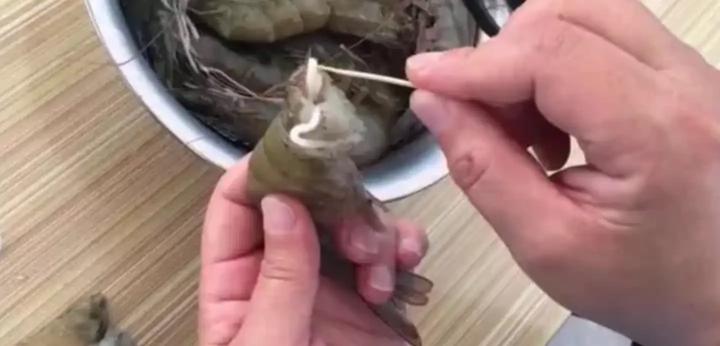Strange White Strands in Seafood: Prawn Nerves vs Maggots
A viral incident in Beijing where a customer claimed to find maggots in their shrimp paste at Haidilao restaurant sparked debate. The restaurant maintains these are natural prawn tissues, leading to scientific discussion about crustacean anatomy.

A recent incident at a Haidilao restaurant in China has sparked intense discussion about food safety and consumer awareness after a diner reported finding what appeared to be maggots in their shrimp paste dish. The restaurant responded that the white strands were actually part of the prawn’s natural anatomy - specifically the ventral nerve cord.
From a scientific perspective, prawns and other crustaceans have a distinctive nervous system structure. The ventral nerve cord runs along the length of their body, appearing as white, elastic strands when exposed. When cooked and separated during food preparation, these nerve tissues can indeed resemble white, segmented structures.
The controversy highlights an important gap between culinary expertise and consumer knowledge. Many urban residents, increasingly disconnected from food preparation processes, may misidentify natural anatomical features of seafood. The ventral nerve cord in prawns is actually a normal and edible part of the crustacean’s biology, though it is often removed during cleaning for textural reasons.
Several key factors suggest these structures are likely nerve tissue rather than maggots: First, the freezing and cooking temperatures used in commercial food preparation would make maggot survival highly unlikely. Additionally, maggots typically appear thicker and more segmented than the thin, continuous strands visible in this case. The restaurant’s strict quality control procedures also make contamination improbable.
For consumers encountering unfamiliar elements in their food, experts recommend:
- Staying calm and documenting the situation clearly
- Immediately alerting restaurant staff
- Requesting professional inspection if concerned
- Understanding that unfamiliar natural components may be mistaken for contamination
- Following proper channels for food safety complaints if issues persist
This incident underscores the importance of both consumer education about food anatomy and transparent communication between restaurants and their customers. While food safety vigilance is crucial, distinguishing between natural features and genuine contamination requires careful examination and expertise.
The restaurant has stated they will investigate the matter fully. Meanwhile, food safety experts emphasize that properly cooked seafood from reputable establishments generally poses minimal risk to consumers, though thorough cooking remains essential for all seafood products.